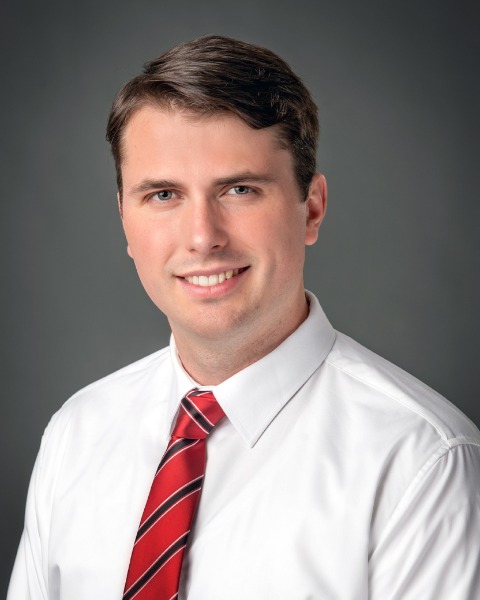2025 AOCS Annual Meeting & Expo.
Biotechnology
Surfactants and Detergents
Hydrotrope Properties of Sophorolipids

George A. Smith, PhD
Research Associate
Sasol Chemicals
Lawton, Oklahoma, United States- SL
Stephen Ledbetter
Chemist II
Sasol Chemicals
Westlake, Louisiana, United States .jpg)
Christian Jones, 3374945064 (he/him/his)
Research Chemist
Sasol Chemicals
Westlake, Louisiana, United States
Gabe Ortego (he/him/his)
Chemist II
Sasol Chemicals
Westlake, Louisiana, United States- NP
Nelson E. Prieto, PhD (he/him/his)
Senior Research Scientist
Sasol Chemicals
Westlake, LA, United States 
Eric R. Williams, PhD
Research Chemist
Sasol Chemicals
Westlake, LA, United States
Presenting Author(s)
Co-Author(s)
The detergent industry is at the forefront of efforts to curb greenhouse gas emissions. The use of biobased raw materials to prepare surfactants is one approach. Biosurfactants offer several potential advantages over conventional synthetic or biobased surfactants including: lower eye and skin irritation, faster and more complete biodegradability, lower toxicity in the environment, and higher foaming.
Biosurfactants come in several unique chemical structures including low and high molecular weight glycolipids and lipopeptides. Sophorolipid biosurfactants are glycolipids produced by fermentation using yeast. Sophorolipids exist in a lactonic form and a hydrolyzed free acid form. The free acid form is extremely soluble in high electrolyte environments. Work was performed to investigate the use of sophorlipids as hydrotropes in detergent applications. The physiochemical properties of sophorolipids in combination with alcohol ethoxylates were measured. Above the pKa, sophorolipids dramatically increase the cloud point and solubility of linear and branched alcohol ethoxylates. This offers the possibility of using alcohol ethoxylates in high caustic formulations without the need for phosphate ester hydrotropes.

.png)